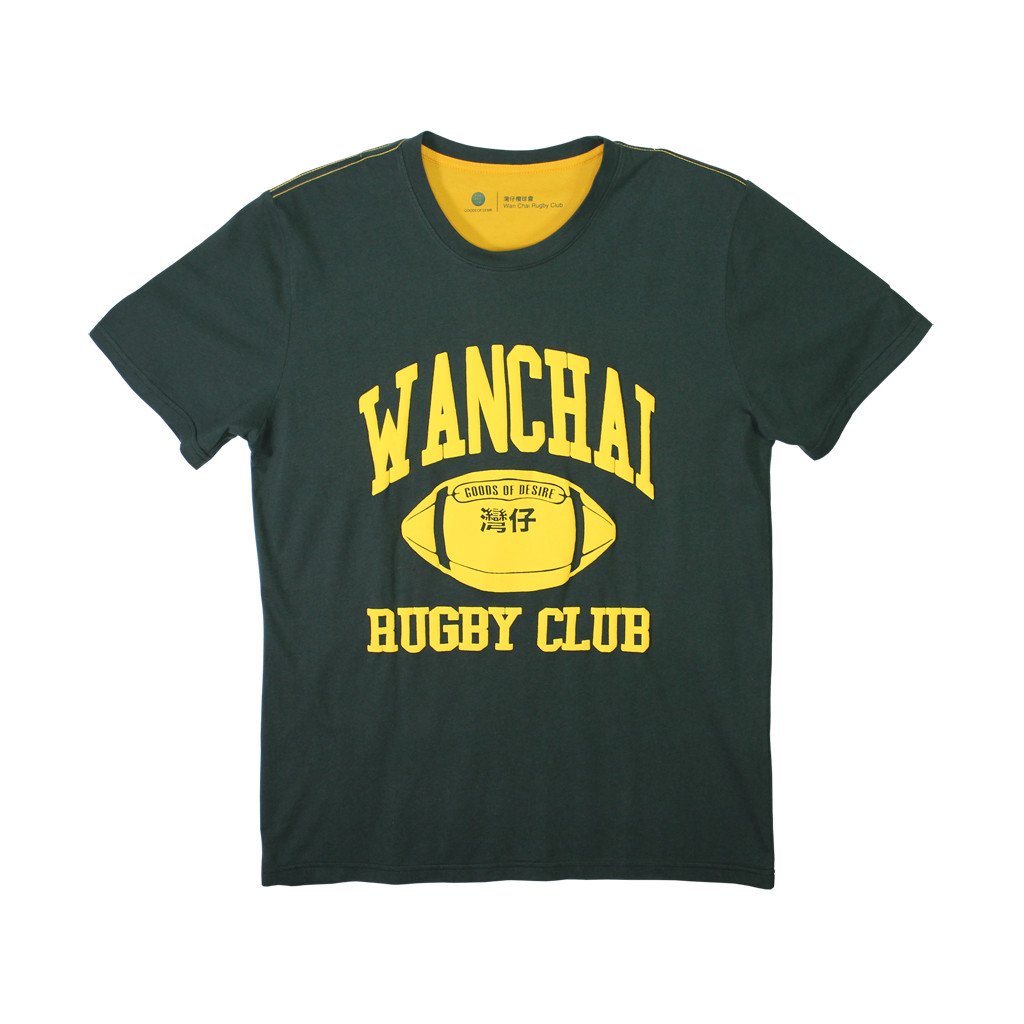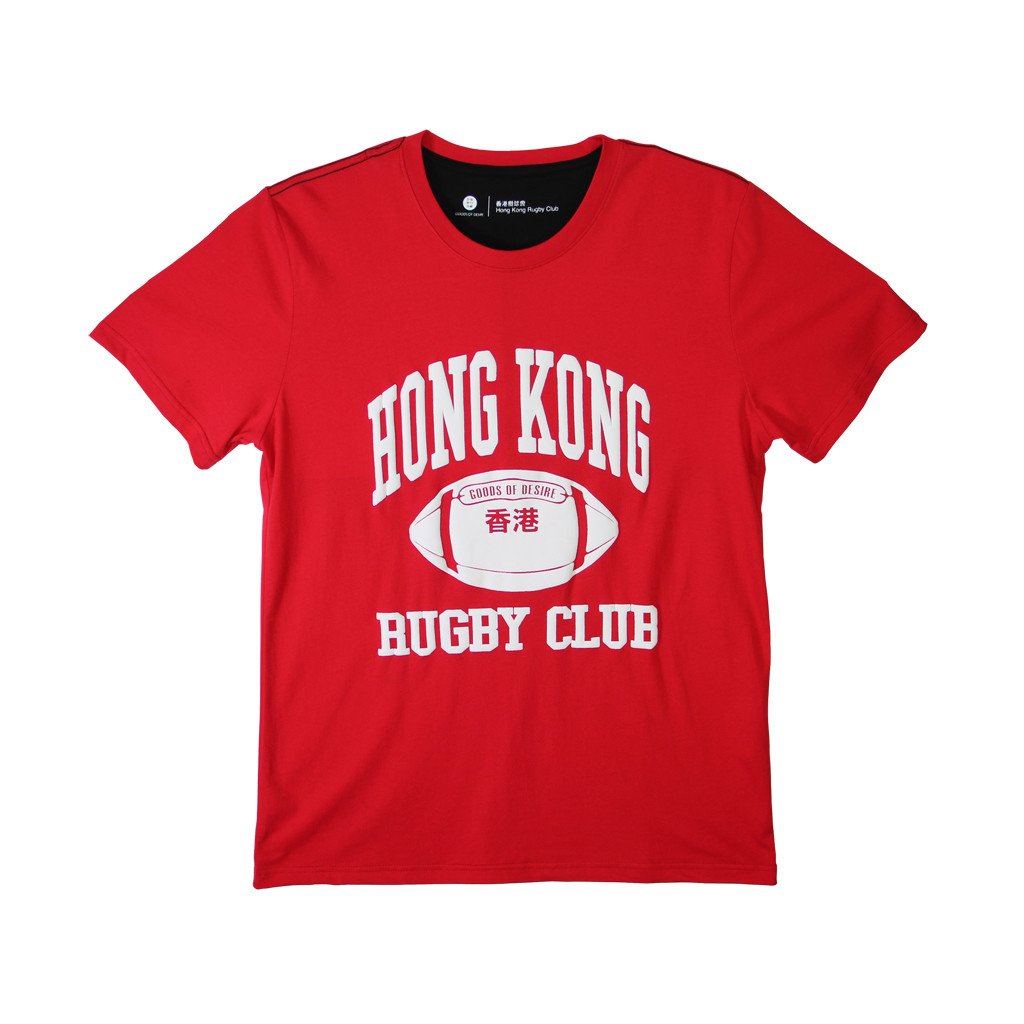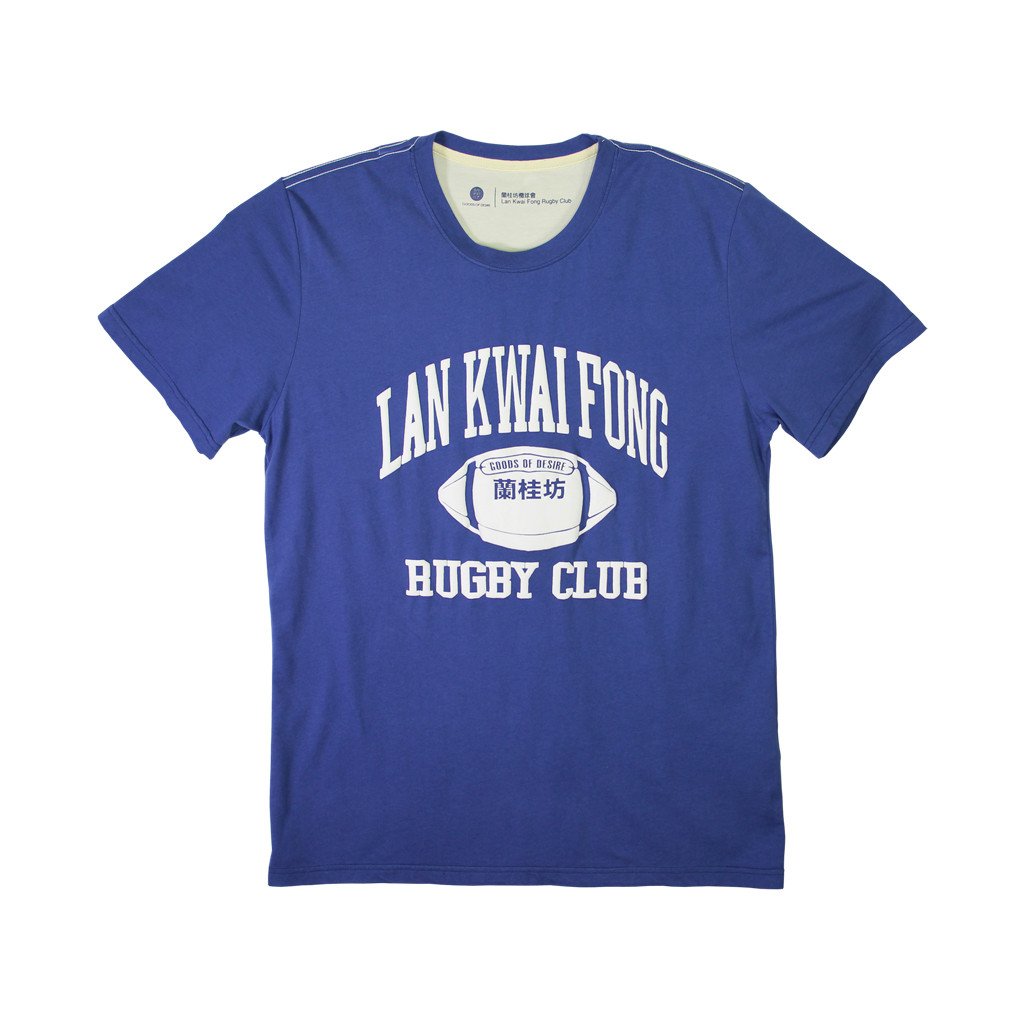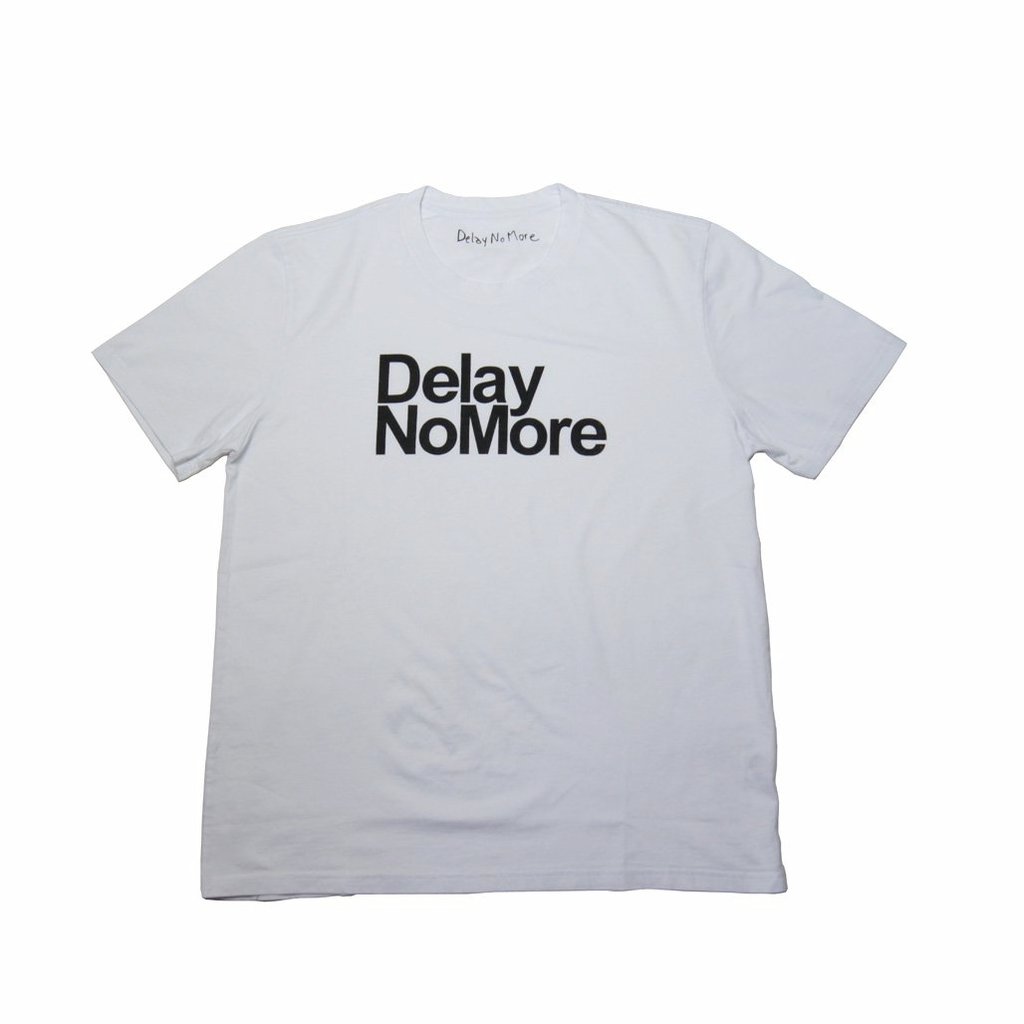Guangzhou is the capital of Guangdong, a province located in the southern region of China. This metropolitan city neighbors Shenzhen, a once rural area inhabited by peasants and farming villages turned largest tech hub in China (if not the world). This is a prime example of what is happening in many other major city’s around the world — the impact of the future’s desire for change. The future isn’t always fair but it is unbiased — natural forces like gentrification and globalization are bestowed upon us so that we are well-prepared for its arrival. While the transition may be rough and unexpected, some cities like Guangzhou may have already provided themselves with a blueprint. I was lucky enough to have explored this city during this shift. And amongst of all the emerging new, I discovered a side of the city that not only showcased what the future had in store; but where the future had been hiding all along.
I stayed at the South & North International Apartment located near Beijing Road, a major shopping destination for locals and tourists alike. The International Apartment is a high-rise multi-use building with a restaurant on the 8th floor, a food court on the 7th and a department store throughout the remaining 5 floors. The hotel only had three active elevators and they not only serviced the hotel guests, but the diners and shoppers as well. Waiting for the elevator to arrive was like a game of patience. It’s almost impossible not to play because the rooms for the hotel began on the 9th floor — my room was on the 15th. You could try and take the stairs but alas, the weather and the mountainous stairwell would eventually catch up to you. Once when the elevator arrived, the patience game eroded and it quickly turned into a game of survival. By this time, more people have shown up and we, passively yet aggressively, are trying to grab a spot in the elevator.
After settling in to the room, I took a risk and went back down to the lobby to have a jaunt around the block. The hotel was located in the Arts district where I noticed the streets lined with store fronts filled with oil and acrylic paintings (ranging from knife palette abstract’s to still life). The lighting from each and every stall made the paintings all the more enticing. There were even stacks of paintings pouring out on to the sidewalk, one by one, laying against one another, were copies of Yue Minjun’s infamous smile and portraits of Mao Zedong. Along side the stalls of forged art were stalls that sold various brushes, stamps, inks, and paper — tools primarily used for Chinese calligraphy or calligraphy-based art; other stalls sold materials for framing (or wall mounting) and they can even customize any type of frame imaginable. I was beginning to see the Arts District as a district that manufactured works of art.
The next day, I ventured to another district. And much like the Arts district, the streets were filled with stalls. This time, the stalls were selling random goods like pencil’s and pen’s, shopping bags, and envelopes, and bubble wrap. It wasn’t noticeable at first but there was something peculiar with the way these stalls appeared — they all looked identical. And that’s exactly where the peculiarity lied, every stall looked identical because none of them differentiated themselves whatsoever. Even the products they carried were identical: envelopes in various styles and in every size, simple shopping bags made of plastic or polypropylene fabric, and different weights of bubble wrap. Eventually, I realized that the small shops and stalls, no matter which district, were actually showrooms that displayed what their factory can produce — whether you can simply purchase a single envelope hasn’t been determined. Why were they all identical? They may seemingly be as such, but I later discovered that this was pure strategy. Each district was organized in accordance to the types of products the stalls would carry, this essentially made it “easier” for prospective customers to find what it is they are looking for. But this also made it very difficult to make a decision. And I can firmly attest to that after my visit to the Zhongda Fabric Market in the Haizhu district.
That same day, I took the subway to the Sun Yat-sen University Metro Station — where the fabric market is located. Without any prior knowledge of the area, I have concluded that the phrase ‘fabric market’ was a bit of an understatement. The area spanned over 1,000,000 square meters and it was comprised of nearly 30 different fabric and accessories business centers that housed hundreds, even thousands of fabric merchants and wholesalers.
According to the website of the same name, the Zhongda Fabric Market began in 1987 when a group of people decided to move into an abandoned area close to Zhong San University so they can (continue to) sell their fabrics illegally. The market developed slowly but it was still all too disordered. In 1996, The Guangzhou Municipal Government started a standardized management and reformation plan where they built some simple temporary sites for the vendors to move inside. Meanwhile, another market in a nearby province gained much more traction, leaving the Zhongda Fabric Market to weaken. But in 2001, the Guangzhou government placed this area under a municipal development program, rapidly expanding the market and turning it into what it currently is today — the self-proclaimed “World Trade Fabric Center.”
One of the many buildings that occupied this area is the Guangzhou International Textile City. This 7-story building took up 310,000 square meters and it was occupied by 4000 shops that sold every type of fabric imaginable. I was immediately overwhelmed by the enormity of the space — the building was so big that the roads continued into the building, this enabled automobiles to drive in to the building and share the space with fabric shoppers. As you take an escalator up to the first floor, the intimacy of actually being in a confined space (somehow) takes over. But if you look down from the escalator, the bustling traffic of cars and people are right under your feet. Once when I noticed the juxtaposition, every sci-fi movie with scene’s of a futuristic dystopia suddenly rushed into my brain. The Japanese cult-classic Akira, for example, even the beginning scene’s from The Fifth Element.
Luc Besson wasn’t too far off from reality — in fact, I was looking right at it.













